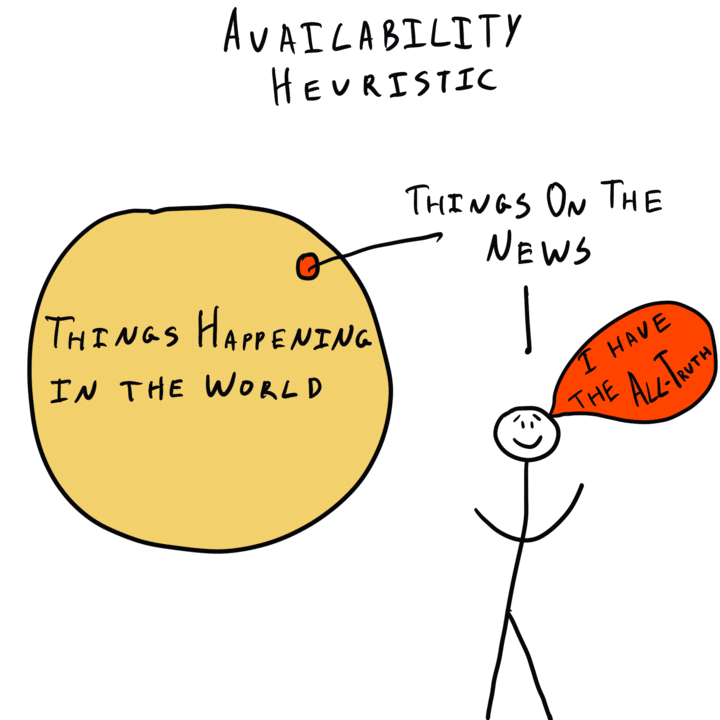ATA5
ATA4
In Assignment Four, students were told to examine the text “A Theory and Method of Love” written by Clyde Hendrick and Susan Hendrick to understand the conceptual 6 styles of love. Throughout this assignment I learned that there are 6 styles of love including Ludus, Mania, Agape, Eros, Storge, and Pragma. Ludus meaning that an individual may look at their partners feelings as a type of game and therefore thrive off of manipulation. Mania is when individuals are unhealthily dependent among each other. Agape love is when individuals are caring and selfless, this meaning that they are willing to do anything for their partner. Eros is an passionate love based on attraction. Storge can be defined as relationship based on friendship. Lastly, Pragma is a logical love based on reason. Each of these having different variations depending on the type of relationship that one has.
In a previous course, I learned about love languages and relationship factors that emulate the needs and desires of couples. For some, exploitation or taking advantage of their partner is a relationship trait and sometimes not a negative if it is normal for them. This can also mean that some couples have a love language of attraction and vanity, in which the relationship is built on looks. This course is similar to the love styles questionnaire and theory because it has different styles or variation of styles for different couples and therefore not all couples love the same.
This assignment aided me in further understanding the underlining styles and love languages within my relationship. Personally, I have been in a relationship since the young age of 11, this meaning that my relationship has gone through several growth spurts and learning opportunities. Through these years, we have gone from a relationship of some mind and emotional manipulation to emotional awareness, selflessness, and self-preservation. This assignment was very relevant to me in making sure that my relationship is built and continuing to be built on a solid foundation where both parties feel safe and heard within a mutual love. For example, while completing the questionnaire, I noticed that I still have some manipulative (Ludus) styles within my personal response to situations and therefore that is something I need to work on. I chose the visual representative photo to represent love, which is the main topic of the assignment 4. Love is different for all couples and these love styles are a good identifier of the styles within ones relationship.

ATA3
Assignment Three was based on a video in which Michael Richards, also known as “Kramer” from the hit television show, Seinfield, was caught using racial slurs during one his comedy sets to combat hecklers in the audience. The tirade was caught on camera and was subjected to many views including the mass media. Through this assignment, I was able to learn that in order to classify an outburst as racially insensitive and racist, one must analyze if it has an inferiority characteristics when speaking about another race. In Richards’ case, his tirade was racist because the language used, including the N-word, has historical significance in being used against African Americans to establish inferiority.
In a previous course, I learned that prejudice and racism are not the same and therefore many tend to confuse the two. Prejudice has to do with discrimination based on race, sex, gender, weight, etc., however it does not involve a superiority complex. Racism is based on the foundation that an individual is superior because of race. For example, several decades ago, racism was very prevalent within the United States in which African American citizens were hung for the color of their skin. This also extended to job opportunities and buying property. White people believed that minorities were inferior and went as far as showing false test scores and neurological facts in order to prove this. With knowing these definitions, I now know that an individual can be prejudice without being racist.
This assignment and the topic of racism and prejudice is personally relevant to me because I have been a victim of a racist in an occupational setting. During my senior year of high school, I worked for a small family business in which I was the only African American employee that worked there, and I was also the youngest. Throughout my time there, I was subjected to slurs, including the N-word, passed for job promotions and raises because they felt I was too young, and put in uncomfortable situations. One time, a white employee entered the shop with black soot on his face from cleaning my bosses’ personal chimney, and my boss insisted that he looked like my long-lost uncle. Through this year, my confidence and comfort as an African American individual diminished and therefore I left to work at a more socially conscious and diverse environment. In regard to the assignment, one of the questions was can an individual say racially or prejudicially motivated phrases without being racist? In my situation, I think that when a person says something inappropriately racist, then they are showing subconsciously racist characteristics in which they believe they are superior then the opposite race. For me, my boss believed that I was inferior because of my race and therefore thought it was okay for him to mock me. While this time of my life was very dark and emotionally overwhelming, I am glad to have gone through it because it has made me a young woman that appreciates her culture and race.
Representative Image:

https://boingboing.net/2014/11/17/diet-racism.html
Above is a photo a guy drinking a soda called “Diet Racism”. The term diet racism is used to describe a person who has racist or prejudice views but does not view them as discriminatory or wrong. This image is a good representative image because I feel Michael Richards is a subconscious “diet racist”, in which he feels that saying racially motivated things in anger is just comedy, when in fact it is racism.
ATA2
Through the lens of assignment two, I picked six self portraits from my cellphone’s photo gallery to explain how I view myself. In the pictures I viewed myself as an optimist, but also a person who likes to be in control. I can see this through my body language and in reference to the time and place of the photo. For example, during a selfie I took in Fort Benning, Georgia I was extremely tired, sad, and defeated after hearing that I may not see my boyfriend due to the pandemic. However, I still took a picture to send to him, in order to keep his hopes up.
It is not a dramatic statement to say that this assignment helped me understand my identity more. Through the series of photos picked for this assignment, I was able to learn how these moments of my life are reflected in my personality. More profoundly, how my identity is created by my feelings in these moments. A lot of my pictures featured family members that are close to me and my pictures showed how my family is represented in my kindness and lovingness. Also, in a psychology course that I took last year, we explored the differences in which we view ourselves and how others view us. While in some photos, I view myself as confident, loving, and kind, others may say that I am faking it or pretending. I find this extremely interesting in deciding who we want to be.
Representative Visual Image(s):
This pictures shows an older lady using her shadow to make a princess form. This is a perfect example of my takeaway from assignment 2. While we see ourselves in one light, outsiders see us in another light. I think this is an important reminder that the only opinion that matters is our own.
https://www.pinterest.com/pin/60376451225195346/

ATA1
My takeaway from assignment one has to do with the prevalence of heuristics in daily life. Individuals are constantly making decisions and gather information based on these topics and they influence the way we see our daily life. For example, in high school I took forensic science in which we studies crime scenes, crime rates and the probability of becoming a victim in areas surrounding my school. We also looked at assailant demographics and found that many people were more likely to be assaulted or victimized by close relations than strangers. This is similar to the video watched in this course called “Are We Scaring Ourselves to Death?”, where news reporters and members of the justice system investigate the true demographics of crime. Similar to my studies in high school, the video portrayed senior citizens who lived in a gated community and were terrified of others breaking in due to news reports. These individuals were recalling the availability heuristic in which information that is the easiest to recall, is normally our reasoning for general assumptions. Their assumptions however are wrong and in reality, it is more likely for a member within the same community to assault them then it is for a random individual.
Assignment one was relevant to me for a number of reasons. One being that representative heuristic allowed me to understand how why I am judged for my appearance. I am a Dean’s list student, Supervisor at Target and a loving daughter, sister, girlfriend, etc., however many group me with “degenerates” or “an angry black woman” due to my music taste and love of African American culture including big hoops and faux hair. This leads to people dismissing me and/or talking down to me. The representative heuristic can be described as an individual grouping people based on characteristics and making assumptions, and this happens to me a lot. The availability heuristic is also very relevant to me because I live in Newport News where crime is always mentioned on the news, which makes many people from neighboring cities believe that it is a dangerous city. This is due to the availability heuristic and the ability to recall the easiest information, crime in Newport News, opposed to other information such as the crime in other areas. I chose the below meme because it represents the availability heuristic in its entirety. The media gives information to individuals that may not be the whole truth but because it is the most seen information, many see it as the full picture.

https://thedecisionlab.com/biases/availability-heuristic/